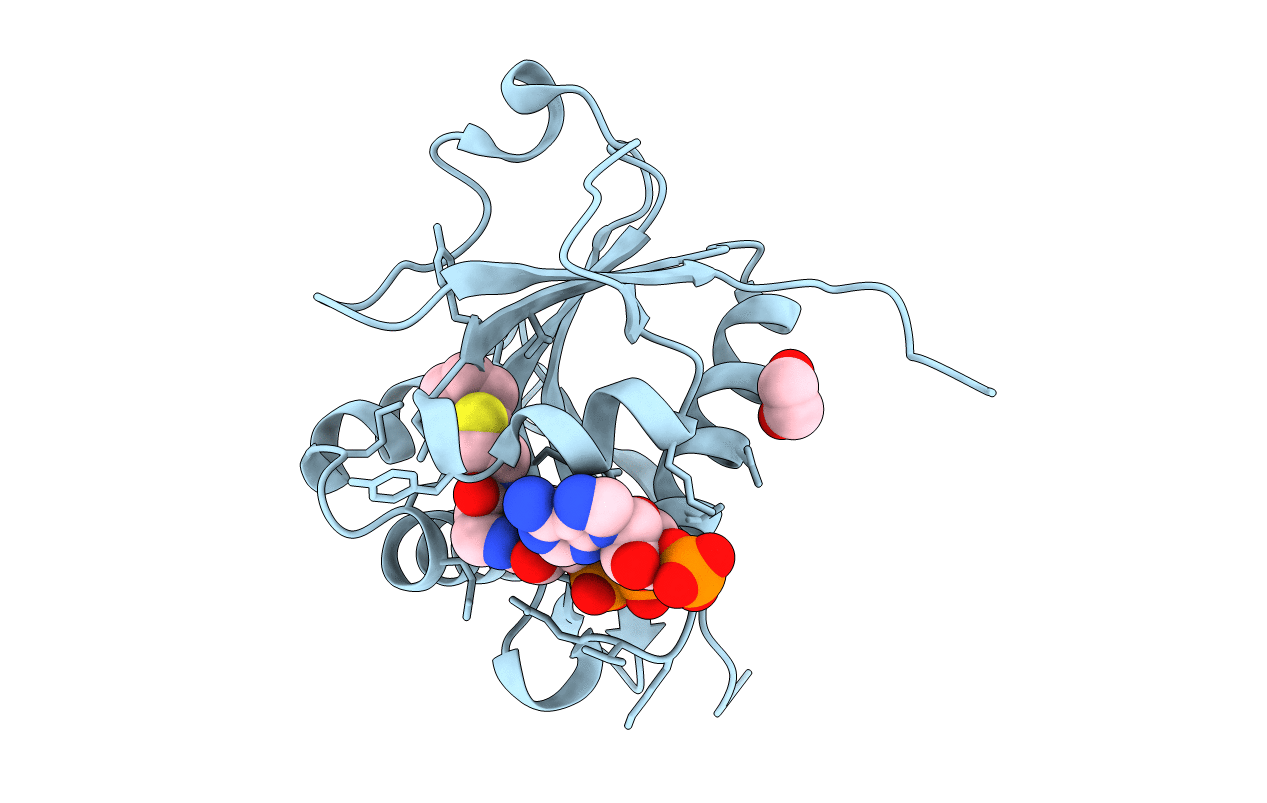
Deposition Date
2015-12-23
Release Date
2016-03-23
Last Version Date
2023-09-27
Method Details:
Experimental Method:
Resolution:
2.08 Å
R-Value Free:
0.19
R-Value Work:
0.15
R-Value Observed:
0.15
Space Group:
P 61


